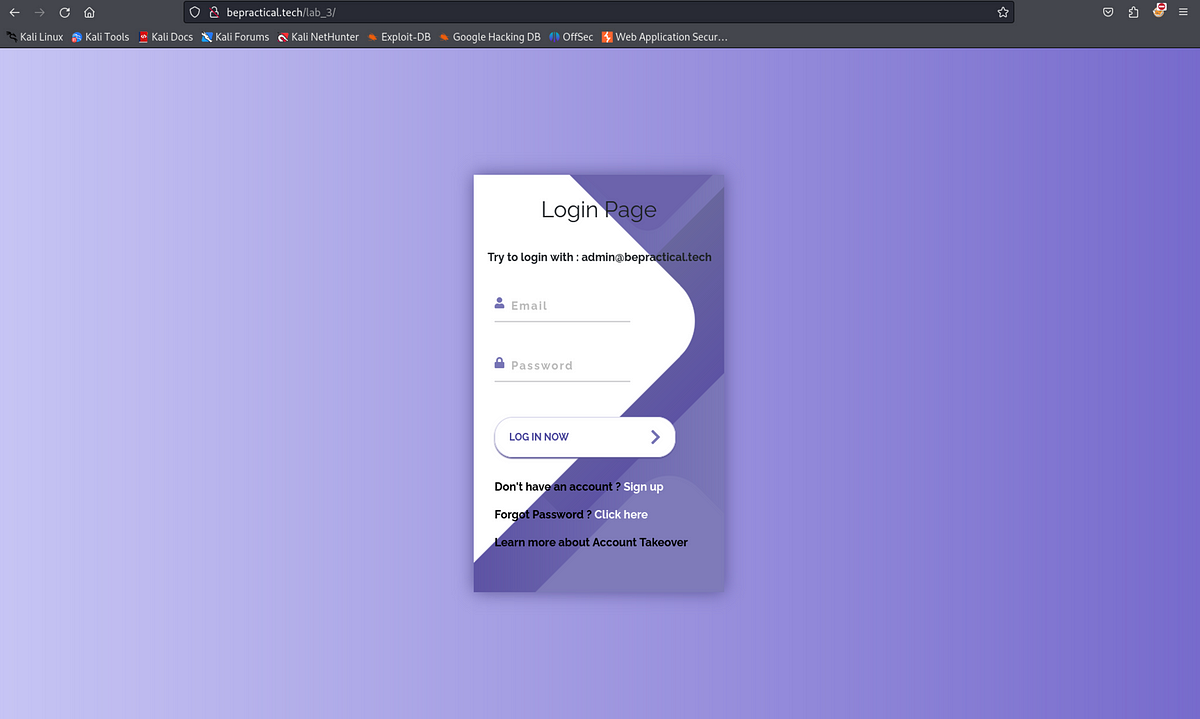BOOK THIS SPACE FOR AD
ARTICLE ADIn the digital age, the rise of ransomware attacks poses a severe threat to businesses of all sizes. As cybercriminals continuously refine their tactics, it’s imperative for organizations to develop robust strategies to safeguard their data and operations. This article explores the evolving landscape of ransomware threats and provides actionable strategies for businesses to enhance their resilience against these malicious attacks.
Understanding the Ransomware Landscape → Begin by examining the current state of ransomware, exploring the different variants and attack vectors. Understand the motivations behind these attacks and the industries most targeted by cybercriminals.2. Backup and Recovery Best Practices → Establishing a solid backup and recovery strategy is a cornerstone of ransomware resilience. Dive into the best practices for regular backups, secure storage, and testing procedures to ensure quick and efficient recovery in the event of an attack.
3. Employee Training and Awareness → Human error remains a significant factor in ransomware incidents. Explore the importance of ongoing employee training and awareness programs to educate staff on recognizing phishing attempts and other social engineering tactics used by attackers.
4. Network Segmentation → Implementing network segmentation can limit the lateral movement of ransomware within an organization. Discover how dividing networks into isolated segments can contain the impact of an attack and prevent it from spreading.
5. Endpoint Security Solutions → Endpoint devices are often the entry point for ransomware. Evaluate the latest endpoint security solutions, such as advanced antivirus software and endpoint detection and response (EDR) systems, to strengthen your defense against malicious software.
6. Incident Response Planning → Develop a comprehensive incident response plan that outlines the steps to be taken in the event of a ransomware attack. This includes communication protocols, coordination with law enforcement, and steps for minimizing downtime.
7. Regular Security Audits and Penetration Testing → Proactively assess and fortify your organization’s security posture through regular security…
.png)
 4 months ago
33
4 months ago
33 














 Bengali (Bangladesh) ·
Bengali (Bangladesh) ·  English (United States) ·
English (United States) ·